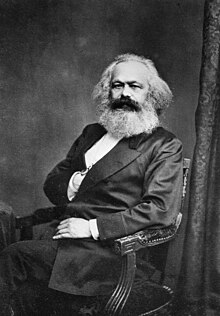Critique of ideology

The critique of ideology is a concept used in critical theory, literary studies, and cultural studies. It is often used in literary and cultural studies where it focuses on analyzing the ideologies found in literary and audiovisual works (e.g. films and television series). These ideologies can be expressed more or less implicitly. The focus is on analyzing and demonstrating the underlying ideological sympathies of the texts and then criticizing the attitude of these works. An important part of ideology critique has to do with “looking suspiciously at works of art and debunking them as tools of oppression.”[1]
Terminology
The criqtique of ideology has a particular understanding of the term ideology, which differs from the meaning "political view." This comes from the term's root in the works of Karl Marx and Friedrich Engels. For the critique of ideology, ideology is a form of false consciousness. Ideology is a lie about the real state of affairs in the world. In Raymond Williams' words, it is about "ideology as illusion, false consciousness, unreality, upside-down reality."[2]
See also
References
- ^ Rita Felski (2004) “The Role of Aesthetics in Cultural Studies” in The Aesthetics of Cultural Studies (ed. Michael Bérubé). Malden, MA: Blackwell, p. 30
- ^ Raymond Williams (1988) Keywords. Fontana Press, p. 156.
